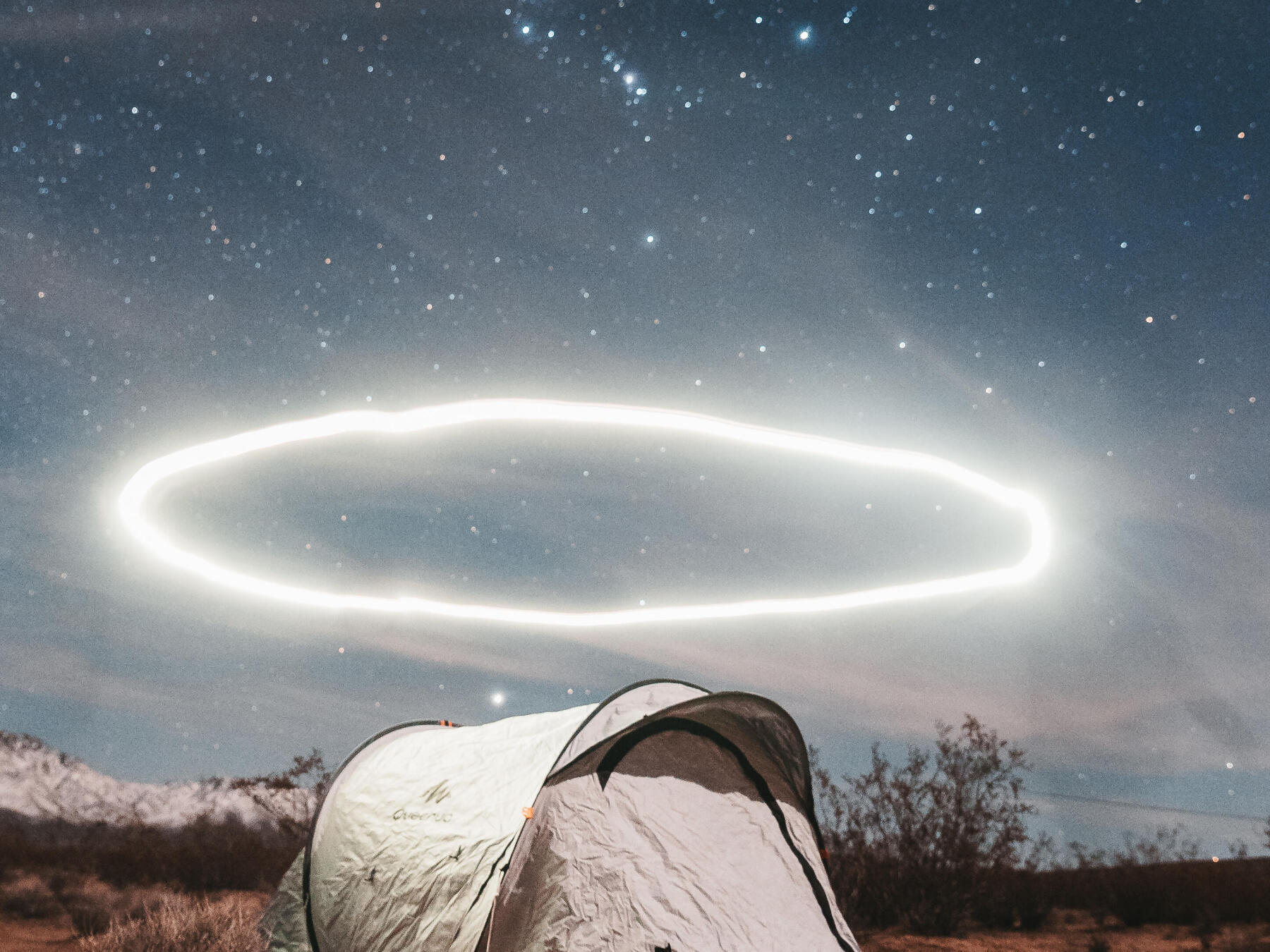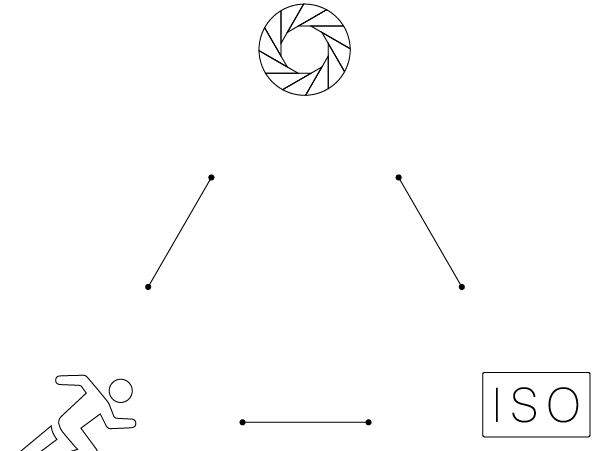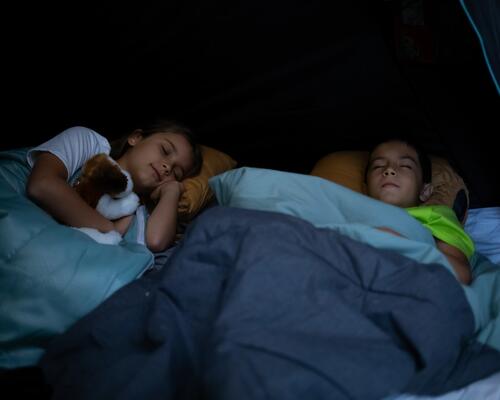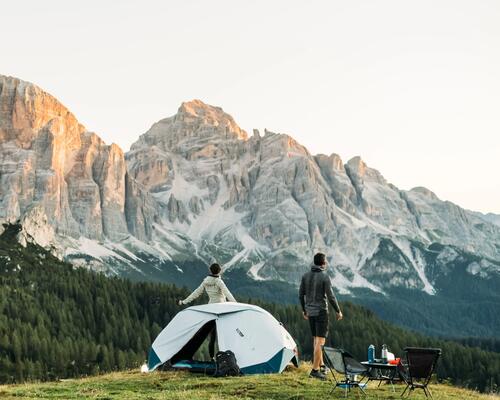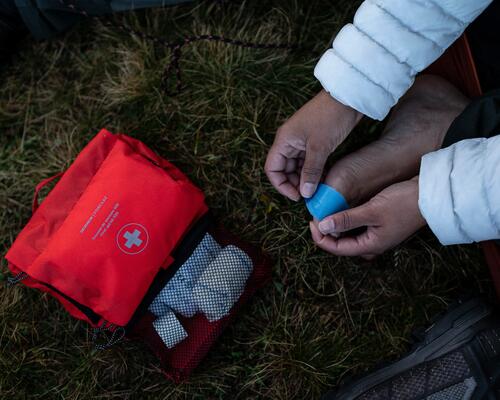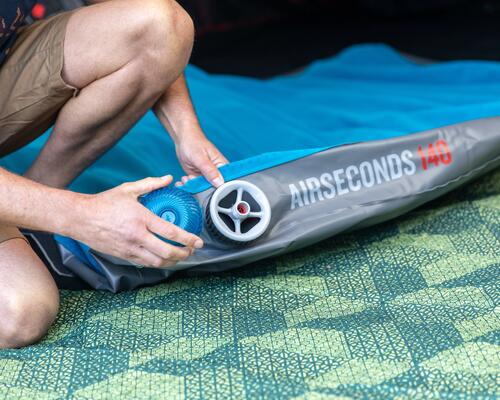How to take a beautiful night photo?
Firstly, it's important to understand that not every nocturnal scene is necessarily ideal for capturing a starry sky.
The night must be completely dark for the camera to pick up the low lights produced by the stars.
This means you have to distance yourself from urban areas as the light creates luminous pollution that overwhelms the stars.
The moon will also generate luminous pollution so make sure that it is set or that it is a “new moon” day.
Once all these conditions are met, look for a dense trail of stars in the sky: this is the Milky Way.
For an ideal composition, it’s sometimes better to wait for the moment in the night where the Milky Way is in the right direction.
There are several practical tools for planning your night photo, in particular
applications such as SkyView, Star Walks or even more comprehensive for photography in general like PhotoPills.

